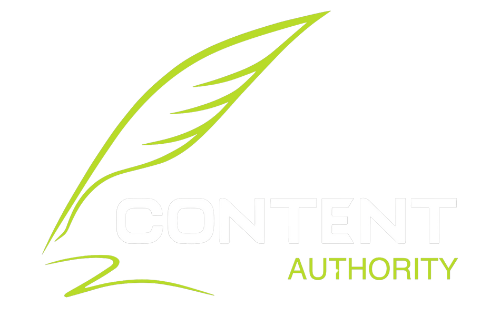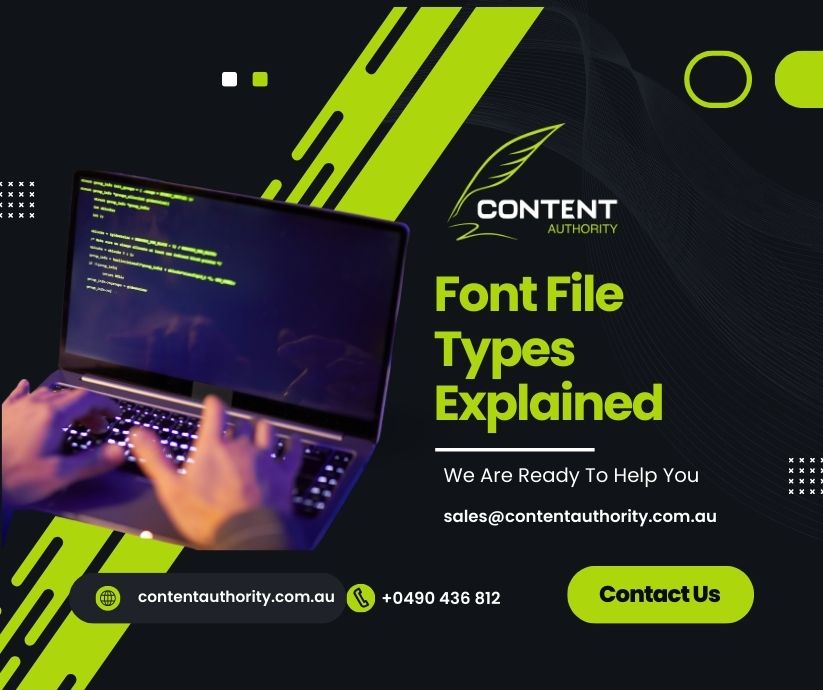Different Font File Types Explained: TTF, OTF, WOFF, EOT & SVG (With SEO & Load Time Impact)
Fonts play a crucial role in web design, branding, and user experience, but did you know that your choice of font file type can affect SEO, website load times, and metadata optimization? Selecting the right format ensures faster loading pages, better user experience, and improved search engine rankings.
Best Font Type for SEO & Web Performance
| Font Type | Best For | SEO Impact | Load Speed | Metadata Support |
|---|---|---|---|---|
| TTF | Desktop & print | Negative – Large file size | Slow ⏳ | Basic |
| OTF | Design & branding | Better than TTF, not ideal for web | Moderate ⏳ | Advanced |
| WOFF | Web use | Positive – Web-optimized | Fast 🚀 | Rich |
| WOFF2 | Modern web use | Best for SEO | Fastest 🚀🚀 | Compressed-rich |
| EOT | Old IE browsers | No SEO benefit | Slow ⏳ | Basic |
| SVG | Icons & animations | No longer relevant | Slow ⏳ | Limited |
💡 For best SEO results, use WOFF2 (primary) and WOFF (fallback). 🚀
TTF, OTF, WOFF, EOT & SVG (With SEO & Load Time Impact)
In this guide, we’ll explain the key differences between TTF, OTF, WOFF, WOFF2, EOT, and SVG fonts, along with their SEO benefits and impact on website load times.
1️⃣ TTF (TrueType Font) – The Standard Desktop Font
What is TTF?
TTF (TrueType Font) was developed by Apple and Microsoft as a universal font format for both Windows and Mac. It is widely supported but not optimized for web use due to its large file size.
Pros:
✔ Universal compatibility – Works on both Windows & macOS
✔ Scalable & high quality – Retains sharpness at all sizes
✔ Widely supported – Used in most desktop applications and graphic design software
Cons:
✖ Larger file size – Can slow down web performance
✖ No advanced typography features like ligatures and alternate characters
Load Time Impact:
⏳ Slow for web use – TTF files are large (often 100KB+), increasing page load time
SEO Benefits:
🔹 Not ideal for SEO – Due to large file sizes, TTF can increase load time, negatively affecting Core Web Vitals & PageSpeed scores.
Metadata Considerations:
📌 TTF fonts support basic font metadata, such as font name, style, version, and author.
Best Use Case:
✅ Desktop applications, branding, and print materials
❌ Not recommended for web pages
2️⃣ OTF (OpenType Font) – The Professional Designer’s Choice
What is OTF?
OTF (OpenType Font) is a more advanced version of TTF, developed by Adobe & Microsoft. It offers extra typographic features, including ligatures, stylistic alternates, and advanced kerning.
Pros:
✔ More efficient compression – Smaller file size than TTF
✔ Supports advanced typography features (ligatures, stylistic sets, alternate glyphs)
✔ Cross-platform compatibility – Works on Windows, macOS, and Linux
Cons:
✖ Not all browsers fully support advanced OTF features
✖ Still not the most efficient format for web use
Load Time Impact:
⏳ Moderate – OTF files are smaller than TTF, but still not optimized for web use.
SEO Benefits:
🔹 Better than TTF for performance but not ideal for web SEO
🔹 If using on a website, compress the file to improve loading speed.
🔹A compressed OTF font can help improve site speed, but WOFF/WOFF2 is still a better choice for web pages
Metadata Considerations:
📌 OTF supports richer metadata than TTF, including OpenType feature definitions and character substitutions.
Best Use Case:
✅ Professional branding, design projects, and publishing
❌ Use WOFF/WOFF2 instead for websites
3️⃣ WOFF (Web Open Font Format) – The Best Font for Web SEO
What is WOFF?
WOFF (Web Open Font Format) was developed specifically for web use. It is based on TTF/OTF, but with better compression and metadata support for faster load times and better SEO performance.
Pros:
✔ Optimized for web performance – Compressed, smaller file sizes
✔ Loads faster than TTF/OTF – Improves SEO rankings & user experience
✔ Supported by all modern web browsers
✔ More efficient than TTF & OTF for page speed
Cons:
✖ Not ideal for desktop use
✖ WOFF2 is even better for speed
Load Time Impact:
⏳ Fast – Reduces font file size by 30–40% compared to OTF/TTF, improving site speed
SEO Benefits:
🔹 Best font format for SEO – Faster loading times improve Google PageSpeed Insights scores & Core Web Vitals, leading to higher rankings
🔹 Recommended for web use to improve ranking, user experience, and accessibility
🔹 Works seamlessly with CSS @font-face, ensuring efficient font loading.
Metadata Considerations:
📌 WOFF includes extensive metadata, such as font creator details, licensing, and usage permissions, making it ideal for web embedding.
Best Use Case:
✅ Websites, online typography, and mobile-friendly design
💡 Example: WOFF is commonly used with @font-face CSS rules for web fonts.
4️⃣ WOFF2 – The Most Efficient Web Font
What is WOFF2?
WOFF2 is the newest and most efficient web font format, offering even better compression than WOFF. It reduces file sizes by 30% more than WOFF, making it the fastest-loading font type for websites.
Pros:
✔ Best compression – Reduces font file size significantly
✔ Fastest loading font format – Improves site speed & SEO
✔ Fully supported by modern browsers
Cons:
✖ Not supported in very old browsers (IE 11 and older)
Load Time Impact:
⏳ Fastest – Loads 30% faster than WOFF, improving overall page performance.
SEO Benefits:
🔹 The best font format for SEO and page speed
🔹 Improves Google PageSpeed Insights scores and reduces bounce rates
Best Use Case:
✅ Primary font format for websites
💡 Use WOFF2 as your primary font and WOFF as a fallback for older browsers.
5️⃣ EOT (Embedded OpenType) – The Legacy Web Font
What is EOT?
EOT (Embedded OpenType) was developed by Microsoft for Internet Explorer. It is now obsolete, but some older browsers may still require it.
Pros:
✔ Compatible with old versions of Internet Explorer (IE6-IE11)
Cons:
✖ Larger file size than WOFF/WOFF2
✖ Not supported in modern browsers
Load Time Impact:
⏳ Slow – Larger than WOFF and less efficient
SEO Benefits:
🔹 No SEO benefit – Slower and outdated
Metadata Considerations:
📌 EOT includes basic font metadata, but lacks modern features.
Best Use Case:
✅ Only if your audience uses old versions of Internet Explorer
❌ WOFF/WOFF2 is a better choice for modern websites
6️⃣ SVG Fonts – Scalable but Obsolete
What is SVG?
SVG fonts use Scalable Vector Graphics (SVG) to define letter shapes, allowing fonts to be displayed as vector images.
Pros:
✔ Scalable & supports animations
✔ Lightweight for icons and logos
Cons:
✖ Not widely supported anymore
✖ Larger file size for full fonts
Load Time Impact:
⏳ Slow – Larger file size compared to WOFF2, making it unsuitable for body text.
SEO Benefits:
🔹 No longer beneficial for SEO – SVG fonts are outdated
📌 SVG fonts do not support extensive metadata like WOFF or OTF.
Best Use Case:
✅ For special uses like vector icons & animations

If you have any questions get in touch with the marketing team at Content Authority. The team are terrific at helping with SEO optimisations. If you feel like your website SEO is not working it’s time to talk to a professional.




